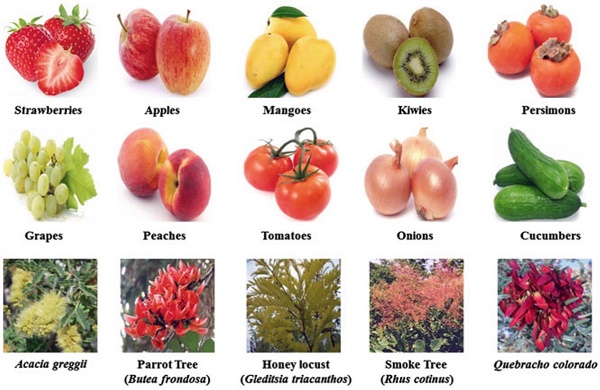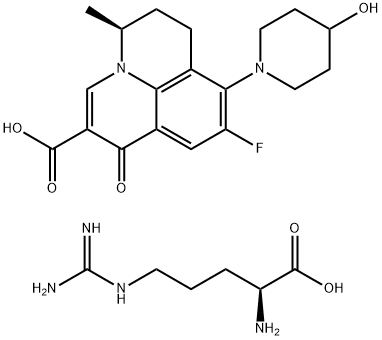Synthesis of Levonadifloxacin Arginine
Dec 19,2023
Synthesis of Levonadifloxacin Arginine
Levonadifloxacin Arginine is prepared by the reaction of levonadifloxacin and L-arginine. The specific synthesis steps are as follows:

Step 1: synthesis of levonadifloxacin
2-Bromo-4,5-difluoroacetylaniline was treated with crotonaldehyde under Skraup-Doeber-Von Miller conditions to generate quinoline 2 in 67% yield. Catalytic hydrogenation using palladium on carbon reduced the carbon− bromine bond within 2. Filtration of the reaction mixture to remove the catalyst followed by the addition of platinum on carbon and resubjection to hydrogenation conditions gave tetrahydroquinoline 3 in 97% yield. Compound 3 was treated with 2,3-di-O-benzoyl-L-tartaric acid (L-DBTA) followed by recrystallization from 60% aqueous methanol to give S-isomer 4 in 35% yield and 100% ee. Although not shown, the recovered Risomer from the resolution could be racemized by treatment with methanesulfonic acid (MsOH). Compound 4 was treated with diethylethoxymethylenemalonate (EMME) in polyphosphoric acid (PPA) and treated with HCl to give tricyclic acid 5 in 88% yield. Chelation of 5 with boron triacetate (generated in situ) gave the cyclic borate complex 6, which was further reacted with 4-hydroxypiperidine to give levonadifloxacin 8 in good yield for the steps.
Step 2: levonadifloxacin and L-arginine reaction
The levonadifloxacin obtained in step 1 was treated with L-arginine and quantified to obtain levonadifloxacin arginine.
- Related articles
- Related Qustion
Supplementation with pyridoxal 5'-phosphate monohydrate can synthesize neurotransmitters such as dopamine and serotonin, maintaining a healthy nervous system.....
Nov 4,2025Biochemical EngineeringFisetin is a dietary flavonoid found in various fruits (strawberries, apples, persimmons, mangoes, kiwis, and grapes), vegetables (tomatoes, onions, and cucumbers), nuts, and wine.....
Dec 19,2023Biochemical Engineeringlevonadifloxacin arginine
306748-89-0You may like






